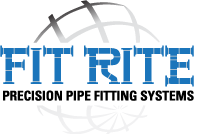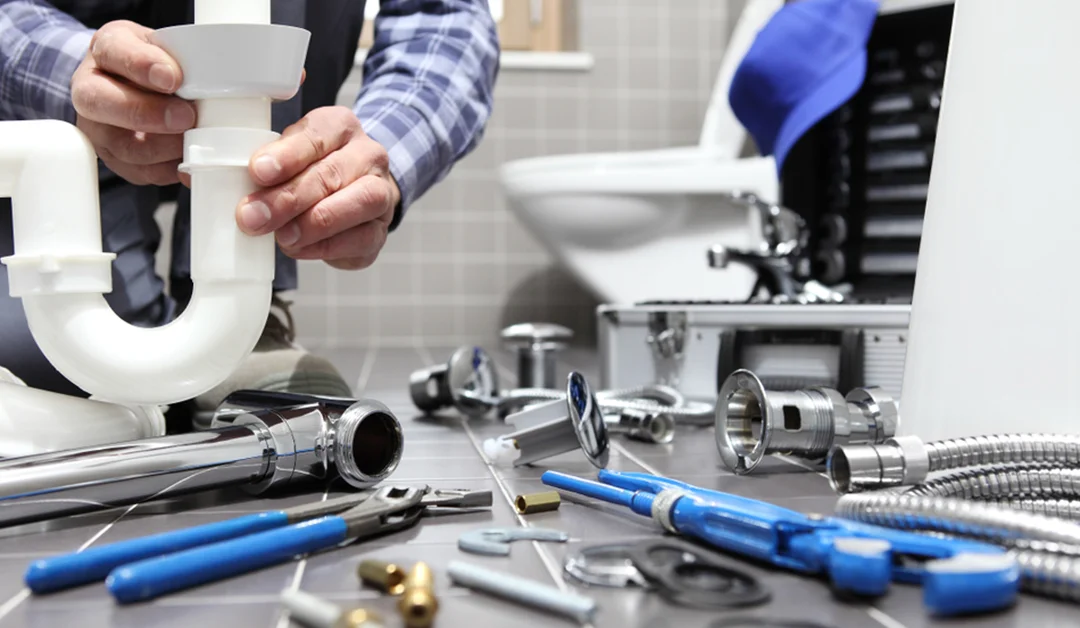This comprehensive guide provides 10 essential tips that cover the basics of pipe fitting, proper usage of tools like Pipe Alignment Tools and Pipe Jack Stands, and the importance of techniques such as Pipe Fabrication and welding. Whether you’re a novice or someone looking to refine your skills, these insights will help you confidently take on pipe-fitting projects.
Key Takeaways:
- Understand Pipe Materials and Joint Types
- Familiarize yourself with different pipe materials like PVC, copper, and stainless steel, and their specific applications based on temperature, pressure, and environment.
- Learn various fittings (e.g., elbows, tees, couplings) and joint methods (welding, threading, flanging) to ensure efficient and durable connections.
- Invest in High-Quality Tools
- Essential tools include Pipe Jack Stands, Pipe Alignment Tools, Pipe Cutters, and Threading Machines.
- Opt for multi-purpose and adjustable tools to increase flexibility across various project types.
- Accurate Measurement and Cutting Techniques
- Double-check measurements and mark cutting points.
- Use precise cutting tools for clean edges, which improve fit-ups and reduce alignment errors.
- Pipe Alignment is Key to Prevent Leaks
- Proper alignment ensures smooth fluid flow and prevents stress on joints.
- Use tools like laser alignment devices and mechanical fit-up clamps for better precision.
- Master Basic Welding Skills and Use Fit-Up Clamps
- Choose the appropriate welding method (MIG, TIG, or stick welding) based on the material.
- Bevel pipe edges for stronger joints and use fit-up clamps to hold pipes securely during welding.
- Ensure a Stable Work Surface for Safety and Accuracy
- Use Pipe Jack Stands to prevent pipes from shifting or rolling during work.
- Adjustable stands improve ergonomics and help maintain precision in cuts and welds.
- Learn Essential Fabrication Techniques
- Pipe fabrication involves threading, beveling, and bending pipes to meet specific project requirements.
- This is crucial in industries like oil and gas where precise pipeline designs are necessary.
- Prioritize Safety Measures
- Wear protective gear like gloves, safety glasses, and flame-resistant clothing.
- Regularly inspect tools and follow safety guidelines to avoid accidents and ensure a hazard-free work environment.
- Seek Professional Help for Complex Projects
- For intricate pipeline designs or advanced welding tasks, consult professional pipe fitting services to ensure high-quality results.
- Observing experts in action can also accelerate your learning process.
- Commit to Lifelong Learning
- Stay updated on new technologies, tools, and techniques in pipe fitting.
- Attend workshops, watch tutorials, and network with experienced fitters to continually improve your skills.
1. Understand the Basics of Pipe Fitting
Key Points to Remember:
- Material Selection: Decide on suitable material to use depending on the conditions such as temperature and pressure and the content that is being transported.
- Pipe Sizes: Find out about pipe schedules that pertain to the wall thickness of the pipe and what pressure ratings are involved.
Fittings and Joints: Know why we have elements such as elbows, tees, reducers, and couplings and methods of joining such as welding, threading, and flanging.
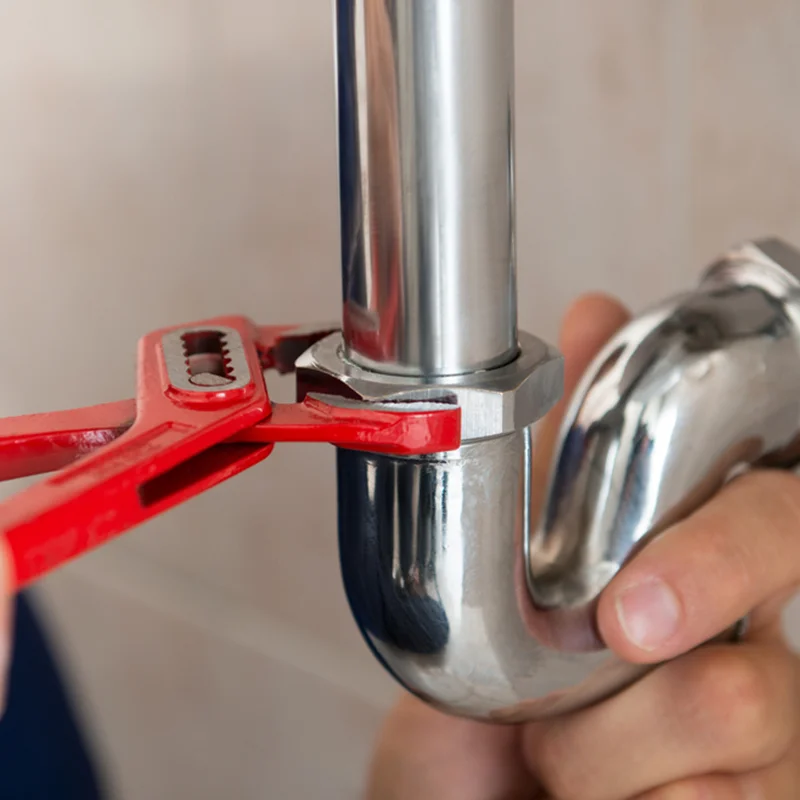
2. Invest in the Right Tools
- Pipe Jack Stand: To offer firm support during the cutting, welding, or aligning of pipes or during performing any operation.
- Pipe Alignment Tools: Check that the pipes are correctly positioned before installing sleeves connecting pieces or welding them so as to avoid being forced to undo a lot of work.
- Pipe Cutters: Tooled cutting edges are meant for a particular material to ensure better finishing of parts through cutting edges suited for that material.
- Threading Machines: It is used in making threads on pipes, which form the core of most threaded pipe connections.
When these tools are applied correctly, they will give you better results in your projects besides increasing your efficiency and work safety.
3. Master the Art of Measurement and Cutting
Measurement Tips:
- Double-Check Measurements: It is always advisable to take measurements before cutting to avoid situations that will require you to cut again.
- Mark Clearly: To indicate the cutting points drill the shell and use a permanent marker to do this or use a piece of chalk.
- Account for Fittings: It is important to add the length of fittings in the measurement to prevent fitting misalignments that may result in a project failure.
Cutting Techniques:
Available tools include a pipe cutter or cutter meant for the specific type of material in the pipe in question or a saw meant for the pipe material in question. A clean cut minimizes gaps and misalignment and the weld or respective threading is less challenging.
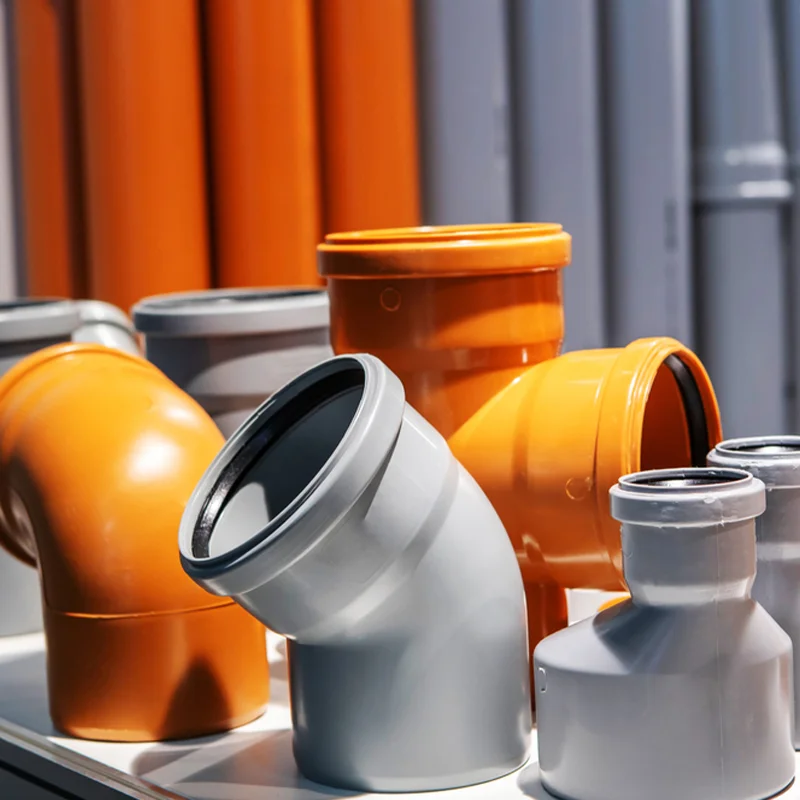
4. Prioritize Pipe Alignment for Seamless Connections
Tools for Alignment:
- Laser Alignment Tools: Offer measurement for intricate tasks so that each party involved is well informed.
- Mechanical Pipe Fit-Up Clamps: Assists in holding pipes steady during the alignment process and welding.
Check for alignment each time you connect the pipes to avoid cases where the pipes get loosely connected.
5. Learn About Pipe Welding and Fit-Up Clamps
Welding Tips:
- Choose the Right Welding Technique: Some common approaches include MIG, TIG, stick, and other forms of welding, each appropriate to various kinds of materials and thicknesses.
- Prep the Pipe Ends: After cutting the pipe, level its edges to form a wall that will help in making a stronger weld.
- Use Fit-Up Clamps: They use these clamps to hold the pipes in place when welding so that there cannot be any mistake and this will produce neat welds.
It is recommended for beginners to practice welding on scraps before moving to actual projects to generate confidence and better their skills.
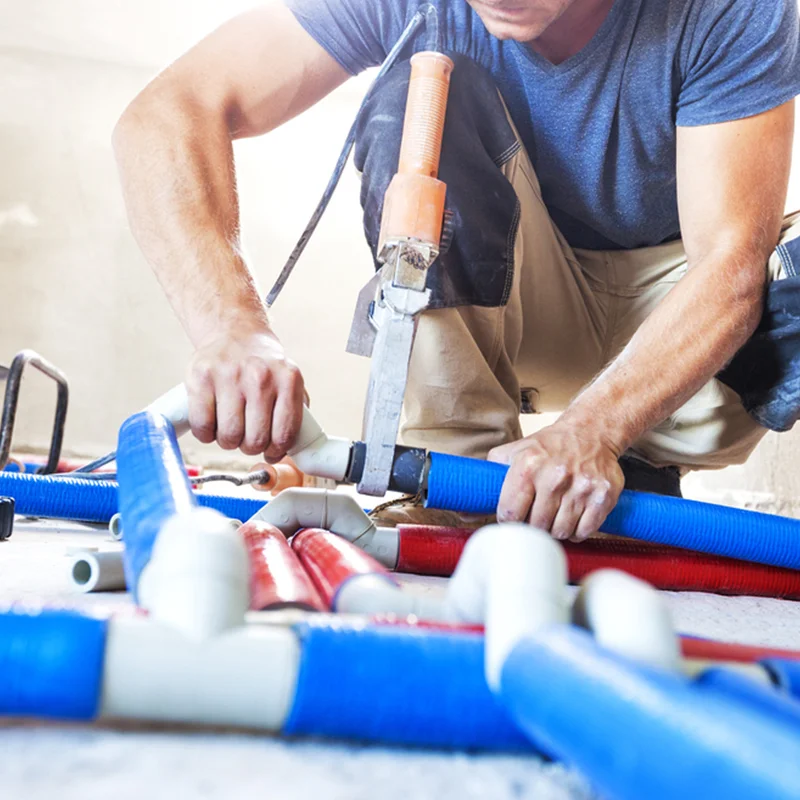
6. Understand the Importance of a Stable Work Surface
Benefits of a Pipe Jack Stand:
- Enhanced Stability: Avoids pipes from rolling or shifting during the work but is not strong enough to expel water on its own.
- Improved Safety: Prevents chances of accidents, which may be a result of instabilities in particular setups.
- Versatility: With adjustable height settings you can control the size of pipe you are working on and the requirements of each particular project.
7. Familiarize Yourself with Pipe Fabrication
Key Fabrication Techniques:
- Threading: Application of threaded rods through pipe ends for screwed joints.
- Beveling: Bending the pipe ends is a way of positioning for welding.
- Bending: Bending of pipes at desirable angles and curves with the help of pipe benders.
Fabrication involves the production of the pipes, and it involves greater precision than the installation process so that the pipes fit well in the system and little or no adjustments have to be made.
8. Practice Safety at Every Step
Safety Tips:
- Wear Protective Gear: Gloves, safety glasses, steel-toed boots, and flame-resistant clothing are essential.
- Inspect Tools Regularly: Ensure that tools like Pipe Fit-Up Clamps and cutters are in good condition before use.
- Follow Guidelines: Adhere to safety protocols when handling chemicals or working in confined spaces.
By practicing safety measures consistently, you protect yourself and others while maintaining a productive work environment.
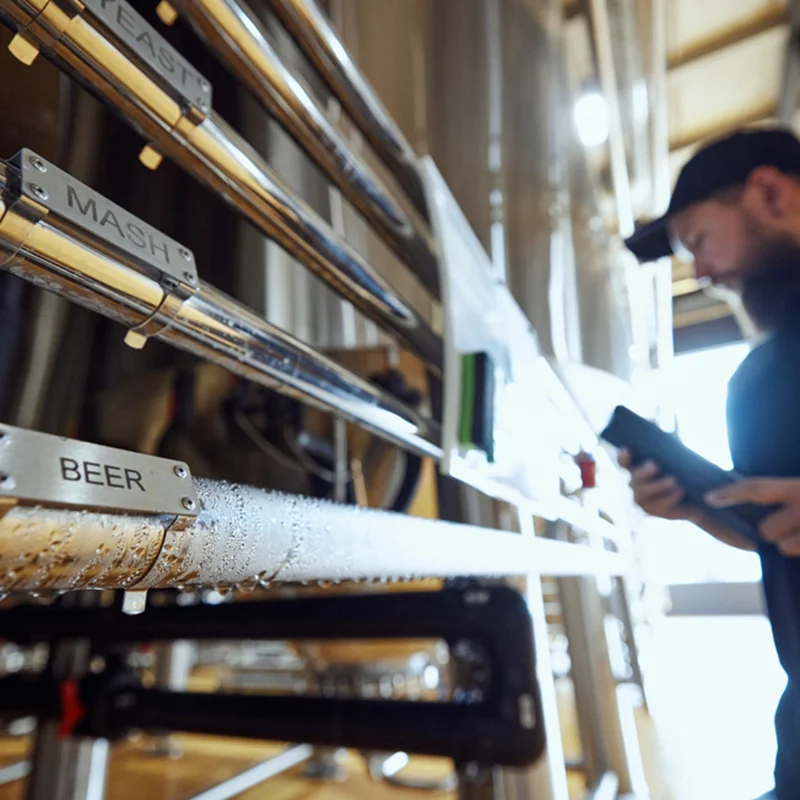
9. Seek Professional Pipe Fitting Services for Complex Projects
Benefits of Professional Services:
- Expert Guidance: Professionals can provide insights and techniques that enhance your understanding.
- High-Quality Results: Complex tasks such as pipeline system design and advanced welding are executed with precision.
- Time Efficiency: Hiring experts for challenging projects allows you to focus on honing your basic skills.
Collaborating with professionals not only ensures project success but also provides learning opportunities for beginners.
10. Never Stop Learning
Ways to Learn:
- Attend Workshops: Hands-on training sessions provide practical experience.
- Watch Tutorials: Online videos demonstrate techniques for using tools like Pipe Alignment Tools and Pipe Jack Stands.
- Network with Peers: Engaging with experienced fitters can expose you to new ideas and best practices.
The more you learn and practice, the more confident and proficient you’ll become in your pipe fitting skills.
Final Thoughts!
For those starting their journey, investing in high-quality tools, prioritizing safety, and seeking guidance from professionals will help you achieve precision and efficiency in your work. Explore reliable Pipe Fitting Services and continue learning to stay ahead in this ever-evolving field. With dedication and the right approach, you can excel as a skilled pipe fitter.
